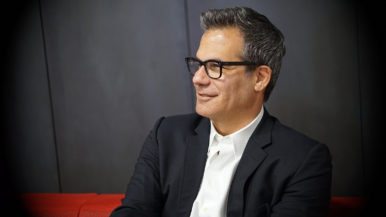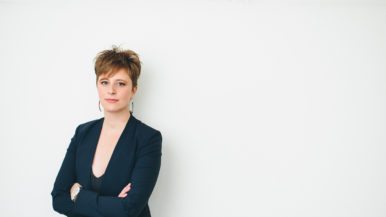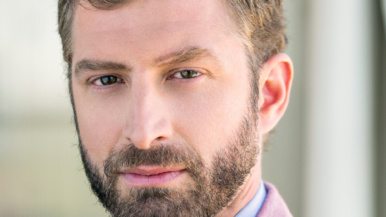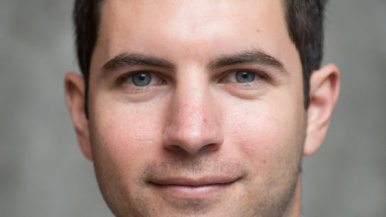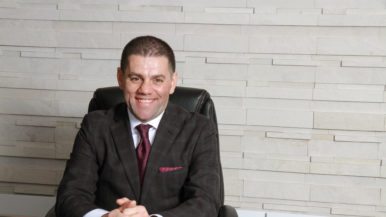Q&A: Selwyn Pieters, the only black member of Justin Trudeau’s Pride delegation, on Black Lives Matter
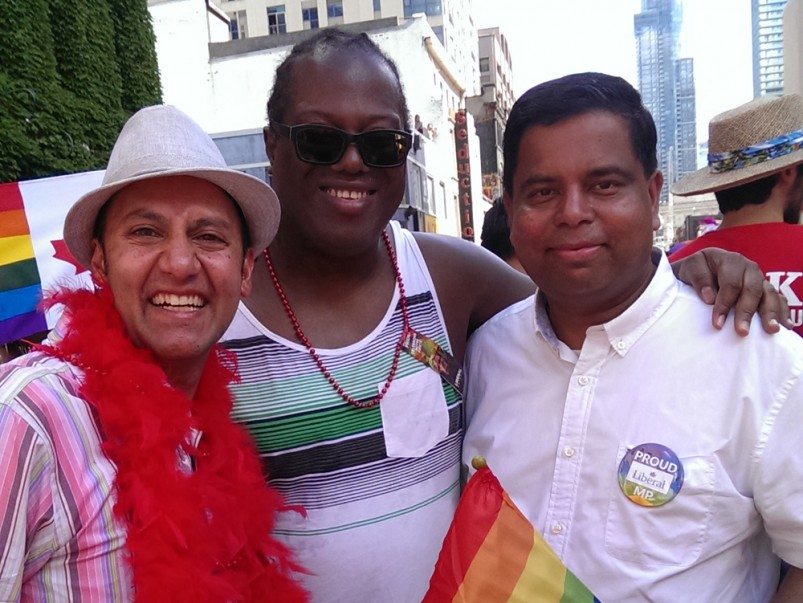
Selwyn Pieters is a lawyer, a longtime civil rights activist and, most recently, a member of Justin Trudeau’s Pride parade posse—the only black man in a delegation of about 25 people. What was supposed to be a casual photo-op for the PM became complicated when Black Lives Matter Toronto staged a sit-in that briefly halted the parade’s progress down Yonge Street. We spoke with Pieters about what it was like to bask in the Trudeau’s good vibes and why, despite the holdup, he thinks the Pride parade is precisely the right place for a protest.
Getting picked to join the PM’s squad is a pretty high honour. How did that happen?
Several MPs who were marching with the PM are lawyers and friends of mine, so I was asked to join them. I don’t know if my history of activism had anything to do with why they asked me. I was happy to be part of a historic day: the first time the PM of Canada had marched in the Pride parade, and the first time for me, as well. There were about 25 of us, not counting the security detail. Trudeau exuded a lot of energy and everyone in our group could feel it. He was very pumped and people were really, really pumped to see him. He was high-fiving and posing for selfies. When people would get quiet, he would yell, “Let me hear you!” He was like a cheerleader in chief.
What was it like when BLMTO stopped the parade?
We were about two groups behind the Black Lives Matter Toronto protests. It was very noisy with the bands, so there was no inkling at that time that there was a protest. At 3 p.m. there was a minute of silence [to honour the victims of the Orlando shooting]. After that, I heard from one of the MPs about the BLMTO sit-in at College Street. We began discussing anti-black racism. After that, I left the parade and walked over towards College Park to be on standby. If there is a mass arrest in Toronto, lawyers in the area will go, in case they need to give advice. By the time I got to Carlton and Yonge, the parade was moving again and the situation had cleared itself.
There has been a lot of criticism of BLMTO’s tactics. People saying, “Well fine, but did you have to stop the parade?” and that sort of thing. Do you agree with that sentiment?
Everyone has different approaches and ways of going about things. Everyone needs a seat at the table. BLMTO’s conduct and their strategy seems to me a reflection of their frustration with the impenetrable bureaucracy they are dealing with. They were not invited to the recent meeting with the three levels of government, and the chief of police hasn’t met with them.
BLMTO is carrying on a legacy. These sorts of protests took place in Toronto during apartheid in South Africa. They took place in 1992 during the so-called Yonge Street Riots, which dealt with police and race relations. I think Pride has become quite corporate and bourgeois. You hear people say, “There’s a time and a place for everything,” and “How dare they?” There couldn’t be a better time, a better place, a better condition for BLMTO to raise the issues they raised. They feel excluded. They feel that they’re not treated with the respect they deserve from the mainstream gay community. As far as their approach, I’m not sure what is so radical about a sit-in at a major intersection.
BLMTO’s leaders say the police have no place in Pride. What do you think?
For people who feel marginalized—whether on the basis of their sexual orientation, or identity, or race and ethnicity, or the intersection of those factors—I can see how the police marching in the parade in the manner in which they do, with full uniform, with their use-of-force options, and so on… I can see how that can be intimidating. Certainly the police can march in Pride, but they can probably do that without their uniform and without their use-of-force options. If they want to march, let them march like anybody else. Nobody else has guns and tasers.
Since the BLMTO protests, there have been two major police shootings of black men in the states. How does that relate to what’s going on in Toronto?
It highlights why the cause is important. Black Lives Matters is fighting against the indiscriminate killing of black male suspects by police. The protests might make some people uncomfortable, but they are also a clarion call to the police. You cannot treat black people as second- and third-class citizens. Regardless of whether I would do it differently, or whether any other black person would do it differently, BLM is an important group and they have something fundamental to say. I respect what they have to say and how they say it.
You tweeted that white people haven’t been this angry at black people since the Yonge Street riots nearly 25 years ago. What has it been like to be a black man in Toronto in the last week?
Last Tuesday, I went to the Law Society of Upper Canada. I went there with my student, and the security person refused to let me through the door that lawyers normally enter through, because he could not believe I was a lawyer, even though I had my ID with me. It was humiliating. I wrote a complaint to the law society saying that this was racial profiling. You could see on camera that the white people in front of me and behind me were not scrutinized. I have a student who took the subway last Monday. People were reading about the BLM protest in the newspaper and then they were looking at him. It’s almost as if society wants black people to feel a collective sense of guilt.
